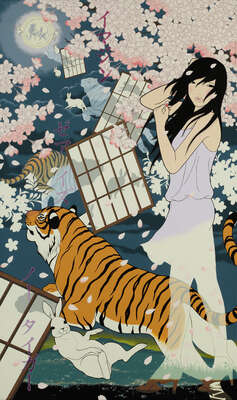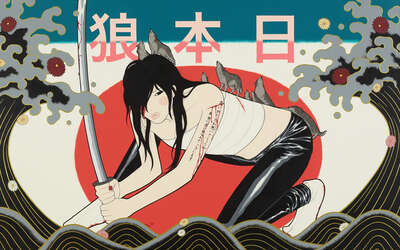
Japonisme and Japanese Art for Sale
Japanese art, with its own unique visual language and tradition, is an enormous source of inspiration for many artists working today. In the 19th century, Japan ended a several-centuries-long policy of isolation and opened up to Western expiditionaries and merchants. Japanese art exported to the West inspired many impressionists to create works in Japanese style, giving rise to the style known as Japonisme. At LUMAS you can discover works by contemporary Japanese artists, and exciting artworks with Japanese motifs, inspired by both Japanese art itself and the Western tradition of Japonisme.


Japanese art:
Japanese art in the Edo period
Even before the artistic heyday of the Shogun era in the Edo period, Japan looked back on a long tradition of illustrated narratives, going back to the 8th century. The Edo period lasted from 1603 to 1868, and was characterized by a rigid class system in Japanese society. During this time, Japan, with its capital Edo (now Tokyo), was almost completely cut off from foreign influences. The craftsmanship of the world-famous color woodblock printmaking and the popular amusement arts like Kabuki theater and sumo developed and reached a highwater mark during this period. The term Ukiyo-e ("Images of the Flowing World") refers to both color Japanese woodblock prints and painting with ink on silk and paper, and encompassed both popular and fine art. The influences of this period of Japanese art can still be felt today, and inspire artists again and again!
Japonisme in Europe
In the 17th century some woodblock prints came to Europe, but were hardly noticed or appreciated by the public. It was not until the World Exhibitions in the middle of the 19th century that the colorful prints became popular in the West and finally triggered a real wave of Japanese prints around 1870. The end of Japan's seclusion in 1854 contributed to a further exchange of art between East and West. Especially in France, Japanese influences are visible in artists such as Claude Monet, Edouard Manet, Edgar Degas, Vincent van Gogh, Paul Gauguin, and Tolouse Latrec. Popular with them were works by Utamaro, Hokusai and Hiroshige. Sometimes they copied entire prints, sometimes they subtly let colors, forms, or compositions flow into their own variants of impressionist painting. Japonisme is a French term coined by French art collector Philippe Burty in 1872, which describes the European fascination with and the influence of Japanese art and Japanese aesthetics on Western art.
German Expressionists like Marianne von Werefkin, Franz Marc or Alexej Jawlensky also collected and were inspired by Japanese art. Clear lines and graphic color areas, inspired by the Japanese woodblock print, can also be seen on Art Nouveau posters and artworks. The cross-fertilization of Japanese and European art continues to the present day to be a rich field of artistic engagement!
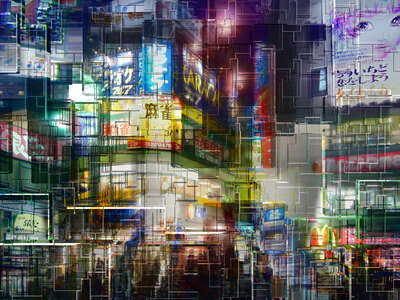

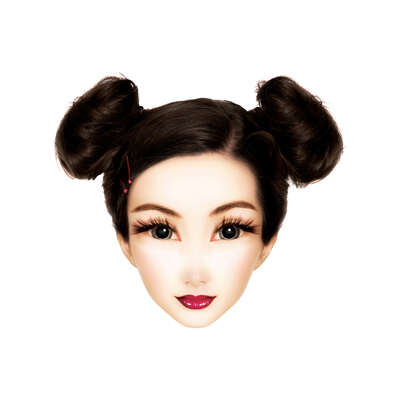

Modern Japanese art and motifs
What makes the fascination of Japanese art so far? Since Manga, Anime and Co. at the latest, drawing art from the Far East has become an everyday phenomenon in Europe as well. The ukiyo-e as well as that of Katsushika Hokusai anticipated the serial nature of manga. In books, mostly everyday scenes were captured on prints and sometimes spread over several panels. Similar to the modern manga and comic format.
The artist Yumiko Kayukawa deliberately refers to the tradition of her home country. Kayukawa always picks up on animals and nature, which in combination with her modern figures could be a further development of Hokusai.
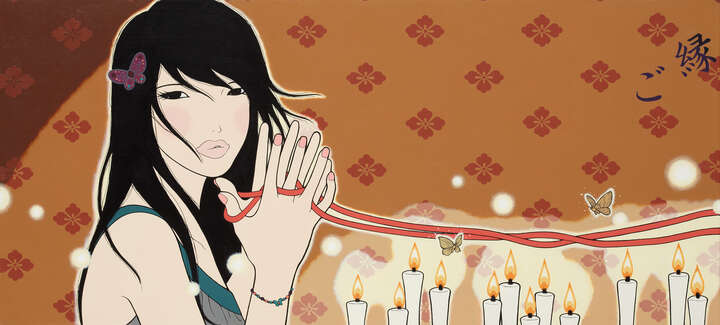
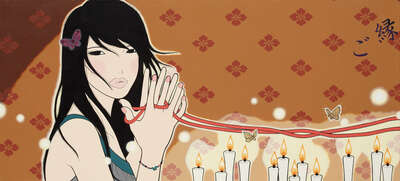
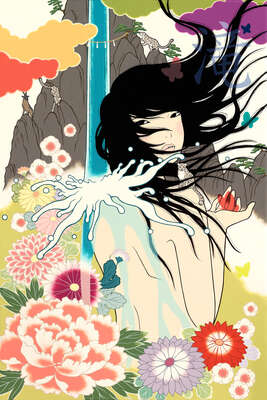

Japanese and Far Eastern landscapes
In Shintoism, Japan's most important religion besides Buddhism, nature has a very special significance. Gods and spirits, so-called Kami animate nature and must be satisfied. In a country that lives with forces of nature such as earthquakes and tsunamis, this reverence for nature is easy to understand. From the connection of nature, the divine and the living world of the people a special aesthetic is created. This beauty, which permeates almost all aspects of Shintoist life, is expressed for example in Zen gardens, the tea ceremony or in Ikebana. The soulful nature, the aesthetic of natural harmony between the divine and the secular, is also captured in photographic works by Olivier Föllmi, Peter Stewart, Michael Levin, and Roman Johnston. Her nature pictures literally breathe the serene timelessness of a divine environment.
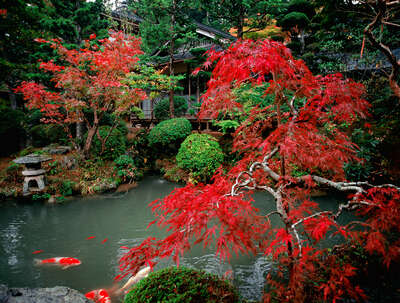

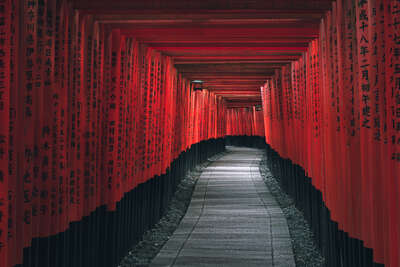

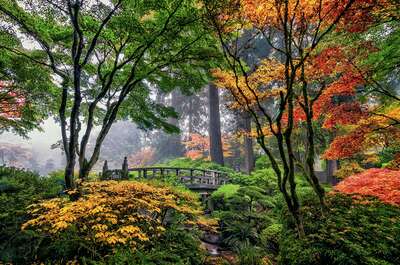

Japanese Pop Art and contemporary art
Contemporary Japanese artists deal with a variety of topics and disciplines. The best-known contemporary artists include Yayoi Kusama - with her famous paintings composed of arrangements of dots Mariko Mori, Makoto Aida and Takashi Murakami. Murakami is represented in the LUMAS portfolio and creates world-renowned works of pop art. Murakami combines high and low culture resulting in a playful and sensational adaptation of the Japanese tradition of two-dimensional image composition, including Japanese paintings and Japanese prints. His colorful works have already adorned handbags by Louis Vuitton and album covers by Kanye West.


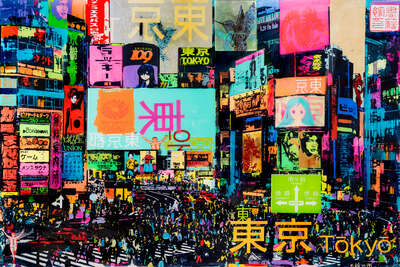

Cherry blossoms - Hanami
The cherry blossom has a very special meaning for all Japanese people. It is one of the most important cultural events. From mid-March to the beginning of May, cherry trees begin to bloom all over the country. To celebrate the beginning of spring and the warm season, people gather in parks for a social Hanami (freely translated: picnic under the cherry trees) and enjoy the beauty and power of nature. Cherry trees are the most planted trees in Japanese parks and gardens! Olivier Föllmi , Holger Lippmann and Christine Jaschek deal with the cherry blossom motif and even as Westerlings they know how to capture this magic of awakening and transience, sometimes illustratively, sometimes wonderfully with the camera!
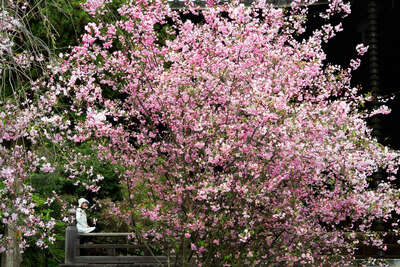

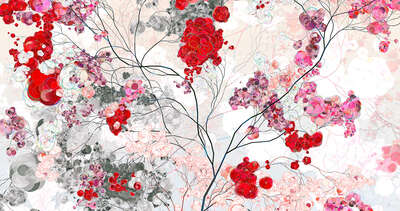

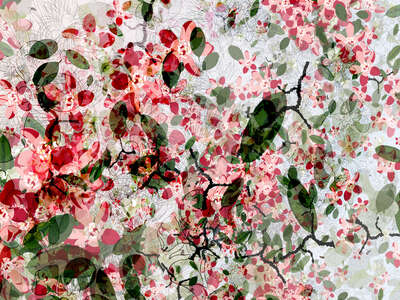

Japanese Art Prints for Sale
From contemporary Japanese artists like Takashi Murakami and Yumiko Kayukawa to artists like Han Lei and Tatiana Gorilovsky inspired by Chinese painting and Japanese artistic motifs, Lumas has a wealth of high-quality, limited edition art prints available for purchase.
To decorate your home or office, our curators recommend Japanese and Japanese-inspired artworks that bring a specific atmosphere or mood into your room. The effects of our Japanese art prints are as diverse as Japanese art itself. For help choosing the right themes and motifs for your wall, get in touch! Our curators love to help.
Timeline Japanese art and Japonism
| 12.century | >em>Genji monogatari , written by the lady-in-waiting Murasaki Shikibu, is one of the most important novels in Japanese literature. The illustrated scroll of the story of Prince Genji is a national treasure and is now in the Tokugawa Art Museum in Nagoya. |
| 1603-1868 | Rule of the Tokugawa Shoguns after breakup of old order in late 16th century. Edo (today's Tokyo) as is the cultural and political center. Due to the closure of the country, contact with foreign countries was limited to a few exceptions such as Chinese merchants, the Dutch East India Company and Korean diplomats. |
| ca.1830 | The big wave off Kanagawa by Katsushika Hokusai is one of the most famous graphic works of Japanese wave art. Hokusai's picture series 36 Views of Mount Fuji contains, besides the world-famous wave, prints with different views and everyday scenes around the holy mountain. |
| 08.07.1853 | The black ships of the American Commodore Perry reach the port of Uraga and demand the establishment of diplomatic relations between Japan and the USA. The forced opening of the country begins. |
| 1862 and 1867 | The world exhibitions in London and Paris create a renewed interest in Japanese woodblock prints and other art objects. From 1870 this enthusiasm developed into a wave of Japonism, which influenced French artists in particular. |
| 1876 | Claude Monet paints his wife Camille in a magnificent kimono with a blond wig. The title of the work: La Japonaise |
| 1902 | The first manga Tagosaku to Mokube no Tōkyō Kembutsu appears. Kitazawa Rakuten creates Japan's first comic strip based on the western model. |
| 21.12.1976 | The first Comic Market, also called Comiket, takes place in Tokyo. To this day, the Comiket is the largest manga fair and convention in Japan. At the huge three-day fair, especially fans present their self-drawn mangas. Also represented are cosplayers, anime studios, video game manufacturers, clothing stands and much more. |

